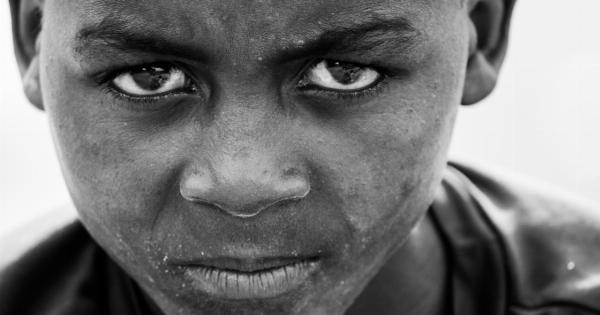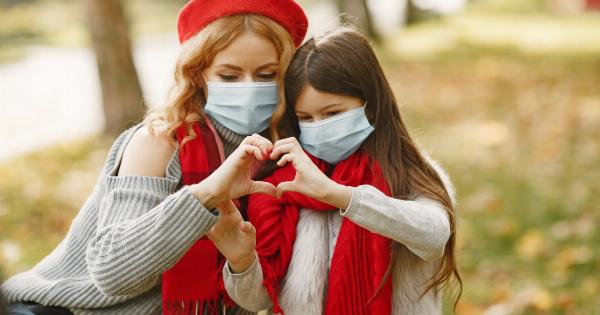Tuberculosis (TB) is a highly contagious bacterial infection that mainly affects the lungs but can also affect other parts of the body such as the brain, kidneys, and bone. It is spread through the air when an infected person coughs, talks, or sneezes.
TB can be deadly if left untreated, but it can be cured with a long course of antibiotics.
Prevalence of TB in Central Macedonia
Central Macedonia is a region in northern Greece that includes the city of Thessaloniki and several surrounding municipalities.
According to the latest data from the Hellenic Statistical Authority, there were 648 reported cases of TB in Central Macedonia in 2019, with an incidence rate of 7.2 cases per 100,000 population. This is higher than the national incidence rate of 5.9 cases per 100,000 population.
What is particularly alarming is that more than half of these cases were children under the age of 14.
According to the Aristotle University of Thessaloniki, there were around 45,000 children in Central Macedonia who were affected by TB either as active cases or as latent infections.
Impact on Children’s Health
TB can have a devastating impact on a child’s health. It can cause coughing, chest pain, fever, and weight loss, as well as more serious complications such as meningitis and brain damage.
Children who are infected with TB are often unable to attend school or participate in other activities, which can lead to social isolation and depression.
In addition to the direct impact on their health, TB can also have long-term consequences for a child’s development and future prospects.
Children who have had TB may have scarring on their lungs, which can affect their ability to breathe properly and participate in physical activities. They may also be more vulnerable to other infections and illnesses.
Causes of TB in Children
TB is caused by a bacteria called Mycobacterium tuberculosis. Children can become infected with TB in a number of ways:.
- Through close contact with an infected adult or child
- Through consuming contaminated milk or food products
- Through inhaling air that contains TB bacteria
Children who have weakened immune systems are particularly vulnerable to TB infection. This includes children with HIV, malnourished children, and children who are being treated with immunosuppressive medications.
Diagnosing TB in Children
Diagnosing TB in children can be challenging because the symptoms may be vague and non-specific. Children with TB may have a persistent cough, fever, and weight loss, but these symptoms can be caused by many other conditions as well.
The most common diagnostic test for TB is the tuberculin skin test. This involves injecting a small amount of TB protein under the skin and then checking for a reaction after 48-72 hours.
However, this test can produce false positives in children who have previously been vaccinated with the TB vaccine.
Other diagnostic tests for TB include chest X-rays, sputum culture, and blood tests. However, these tests may not be reliable in young children who are unable to produce sputum or cooperate with the testing process.
Treatment for TB in Children
Children who are diagnosed with TB can be treated with a course of antibiotics. The length of treatment varies depending on the severity of the infection, but it typically lasts for six to nine months.
It is important that children complete the full course of antibiotics even if they start to feel better, as stopping treatment prematurely can lead to drug resistance and a more serious infection.
In addition to antibiotics, children with TB may need supportive care such as oxygen therapy, nutrition support, and treatment for any complications such as meningitis.
Preventing TB in Children
The most effective way to prevent TB in children is through vaccination. The Bacille Calmette-Guerin (BCG) vaccine is a live attenuated vaccine that provides protection against TB in children.
The vaccine is recommended for all children in countries with a high incidence of TB, including Greece.
In addition to vaccination, it is important to practice good respiratory hygiene to prevent the spread of TB.
This includes covering your mouth and nose when coughing or sneezing, using proper ventilation in enclosed spaces, and avoiding close contact with people who are sick.
Conclusion
TB is a serious public health issue in Central Macedonia, particularly for children who make up the majority of cases.
It is important that healthcare providers, policymakers, and community members work together to increase awareness of TB, improve diagnosis and treatment, and prevent further spread of the disease.



























